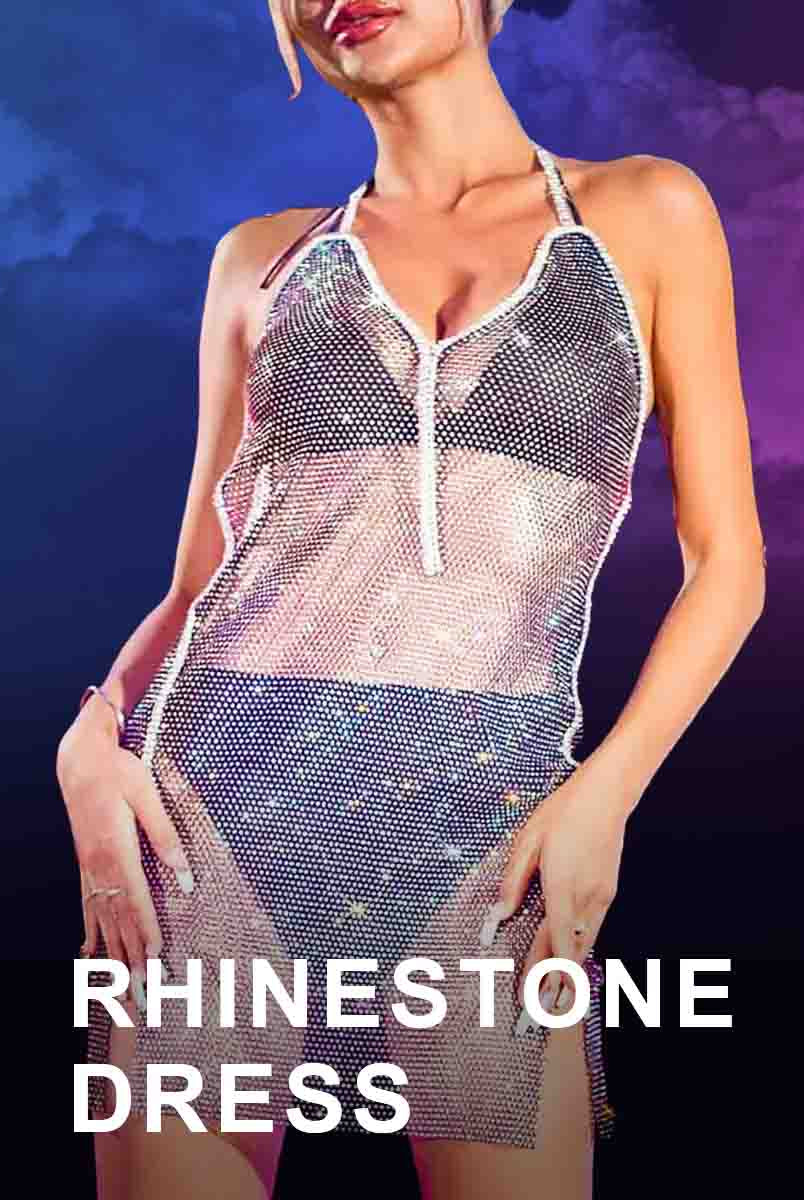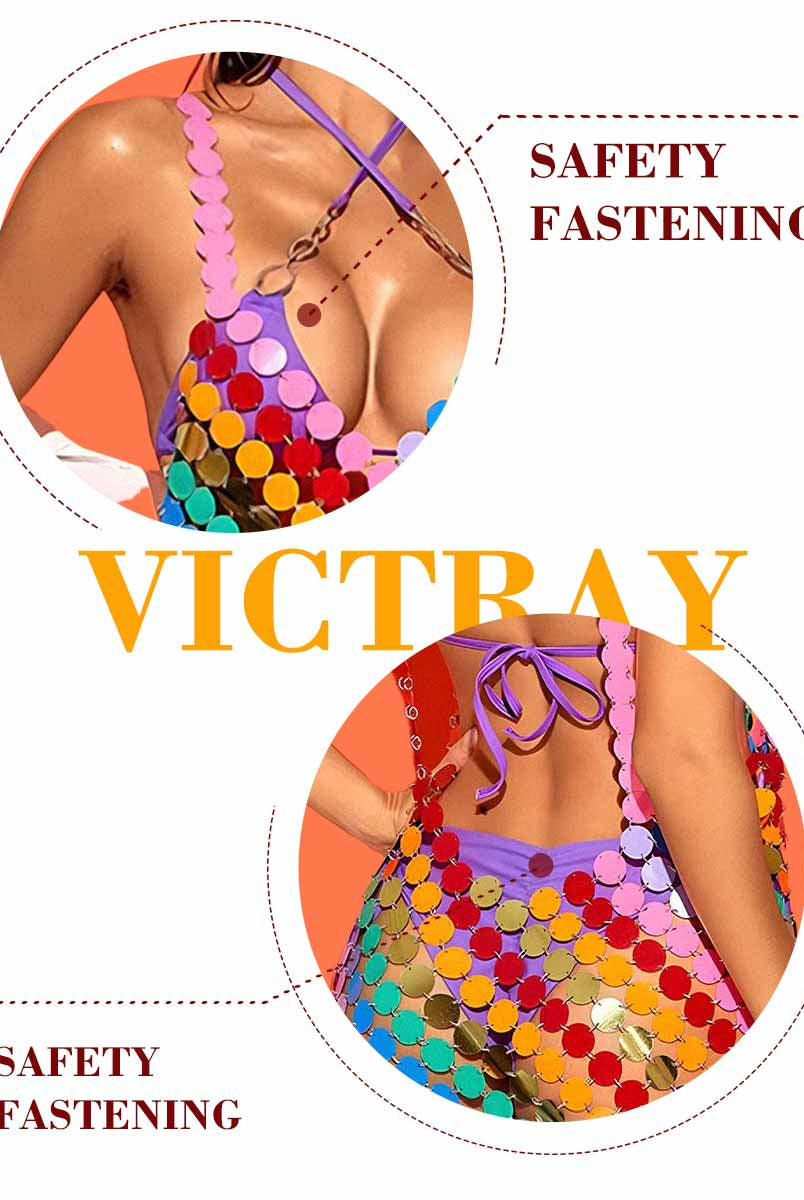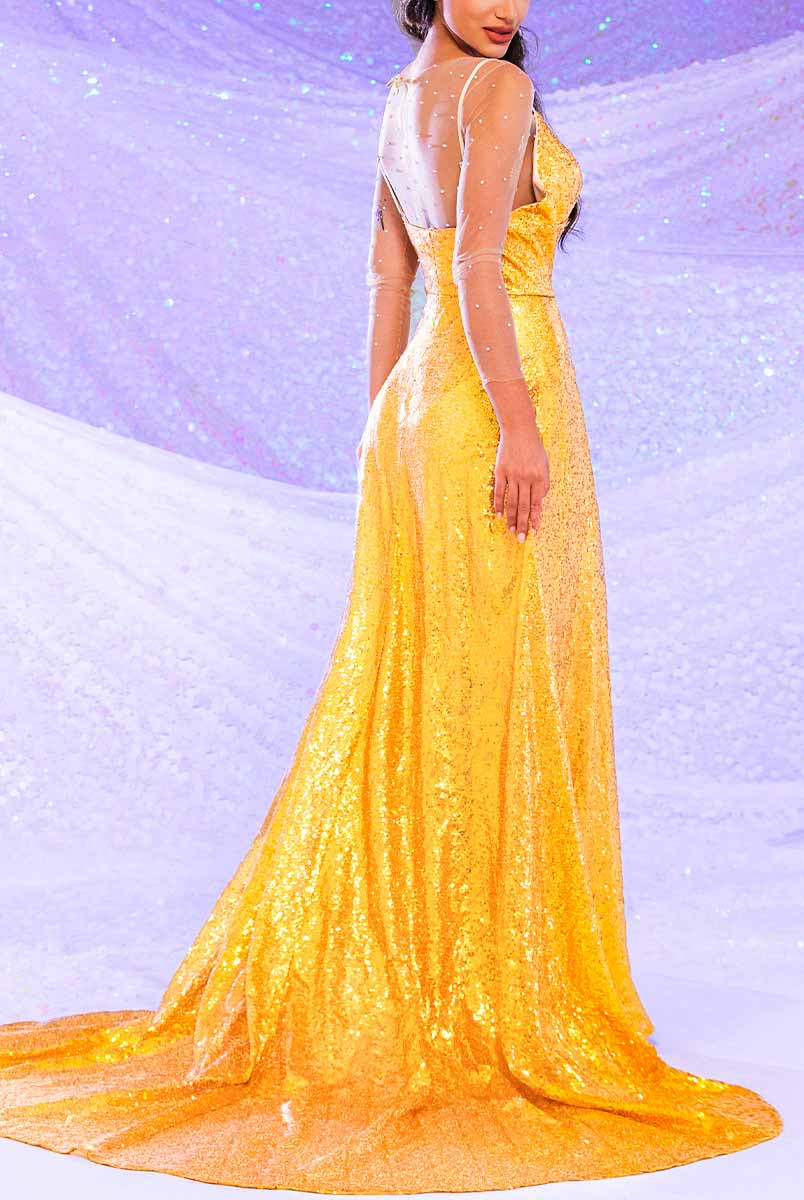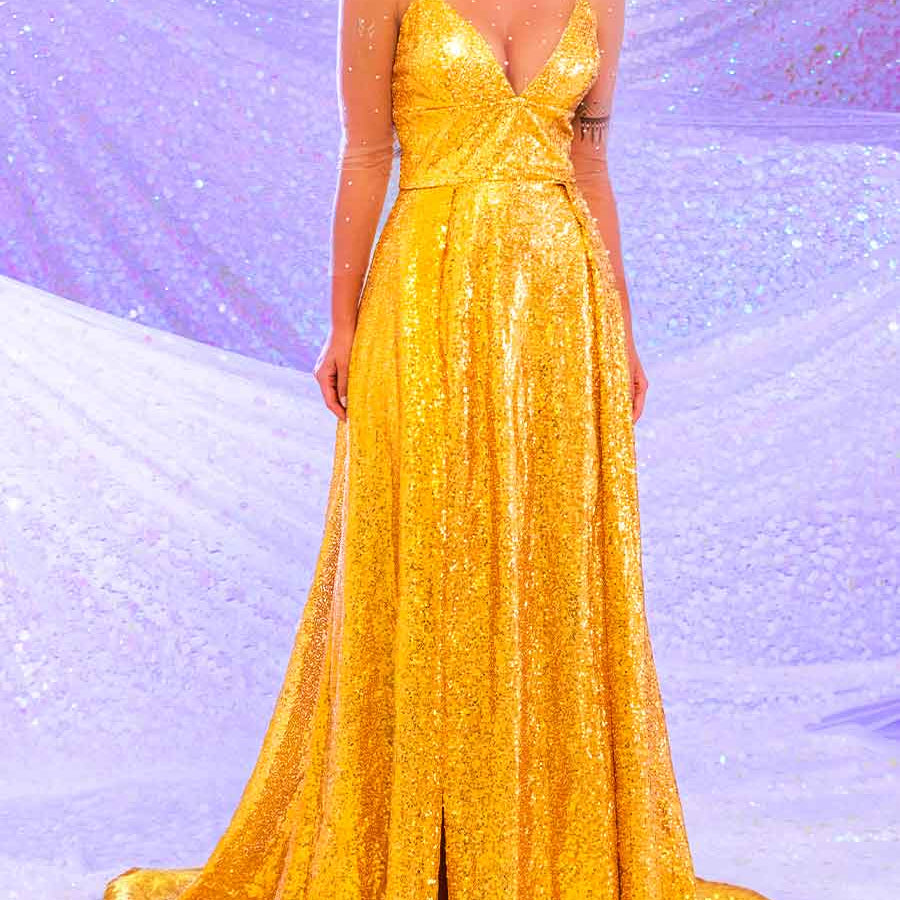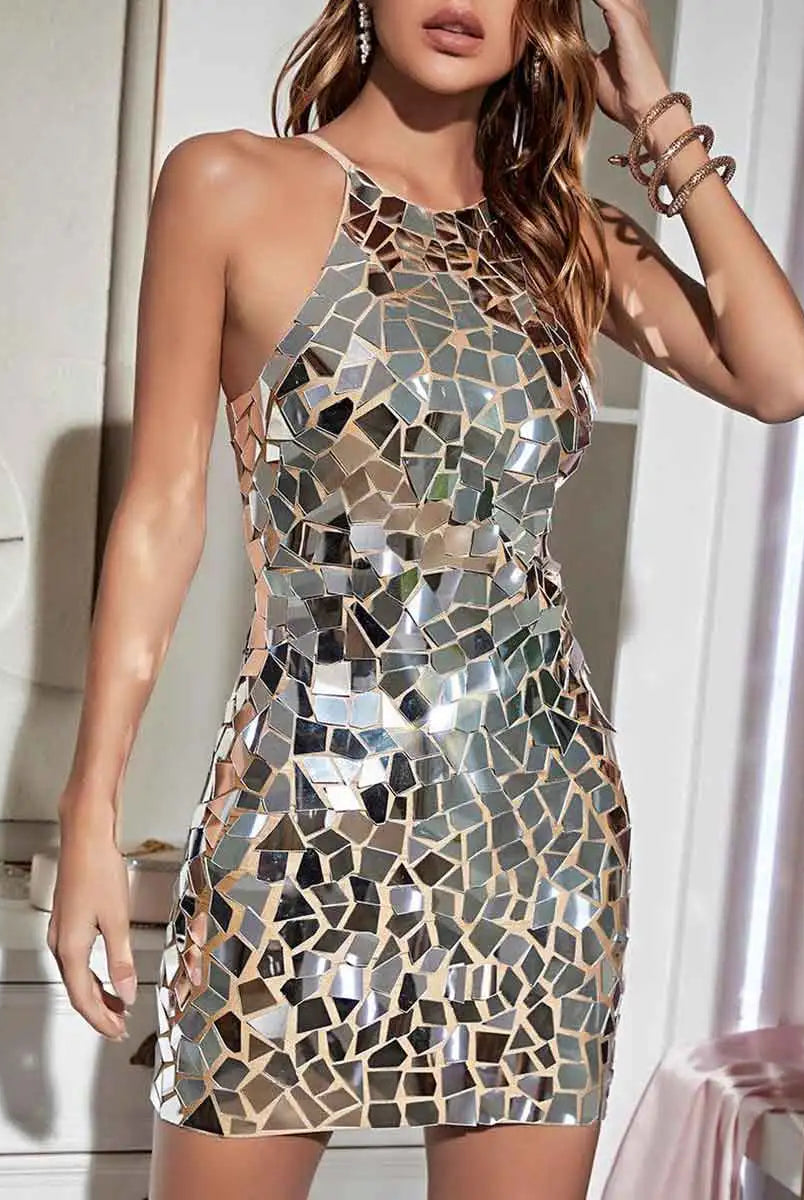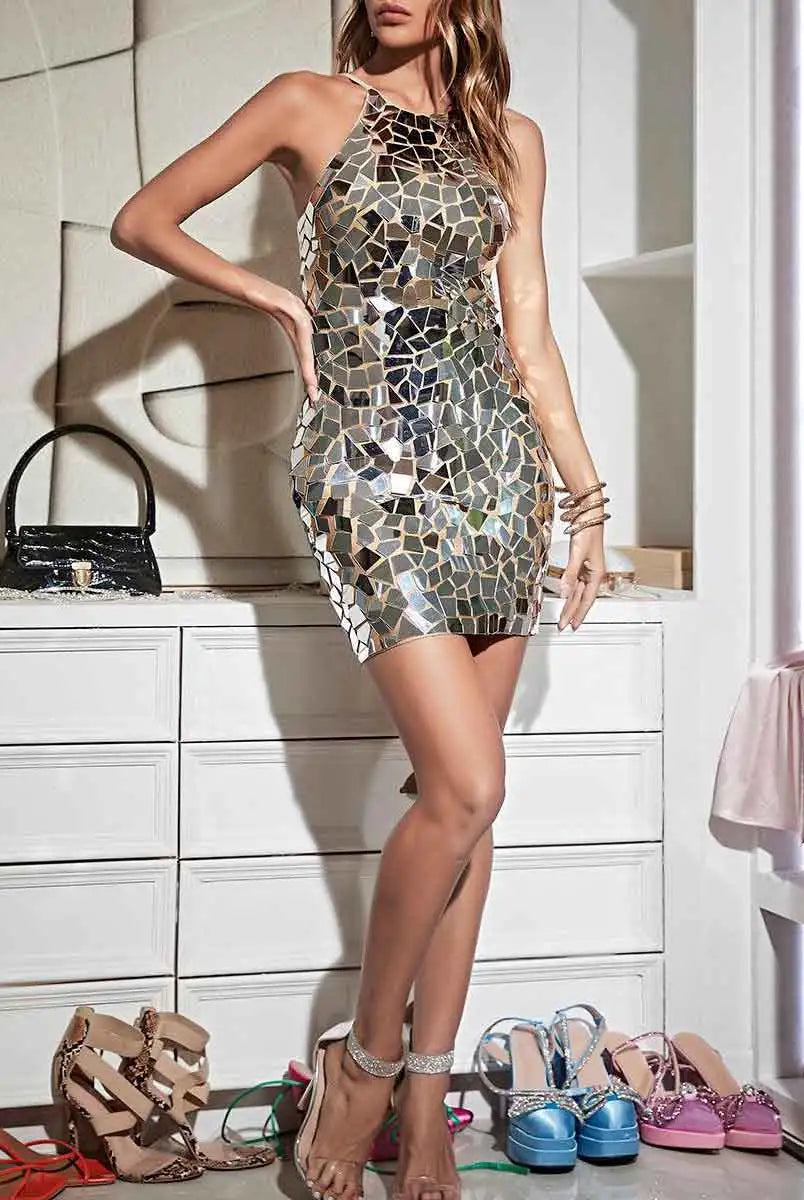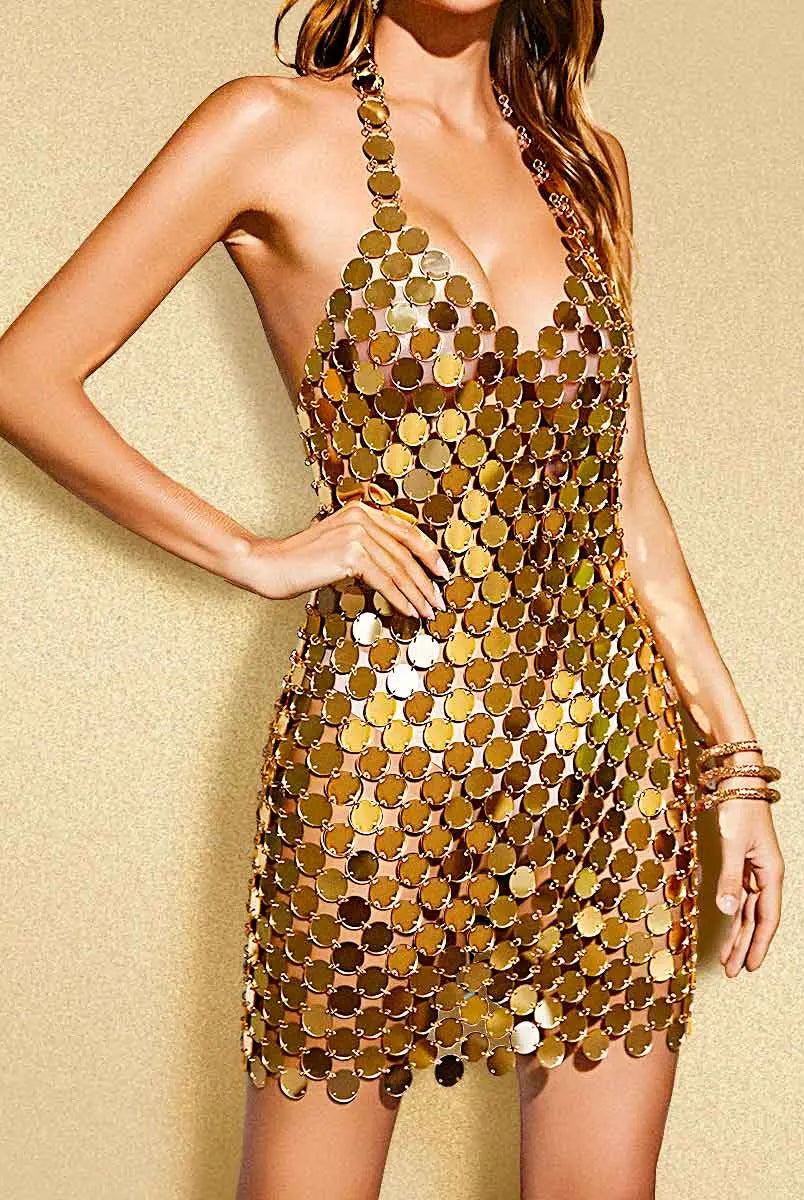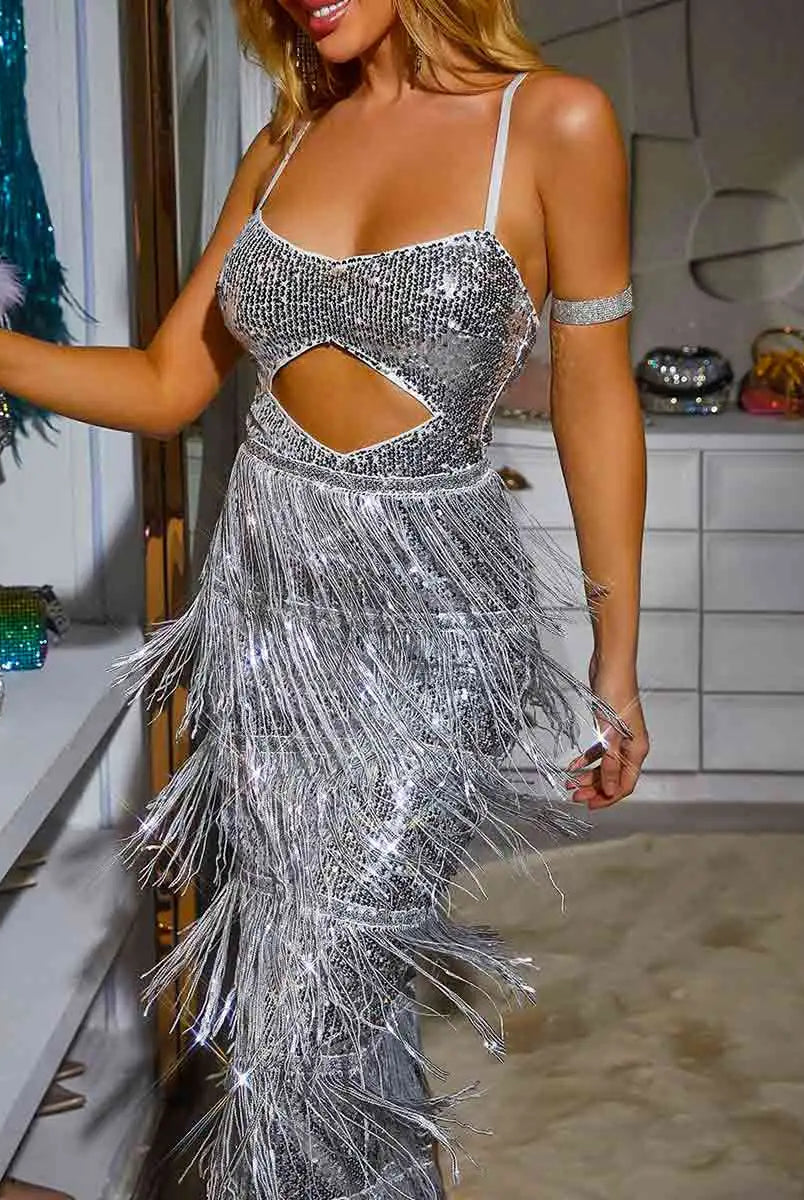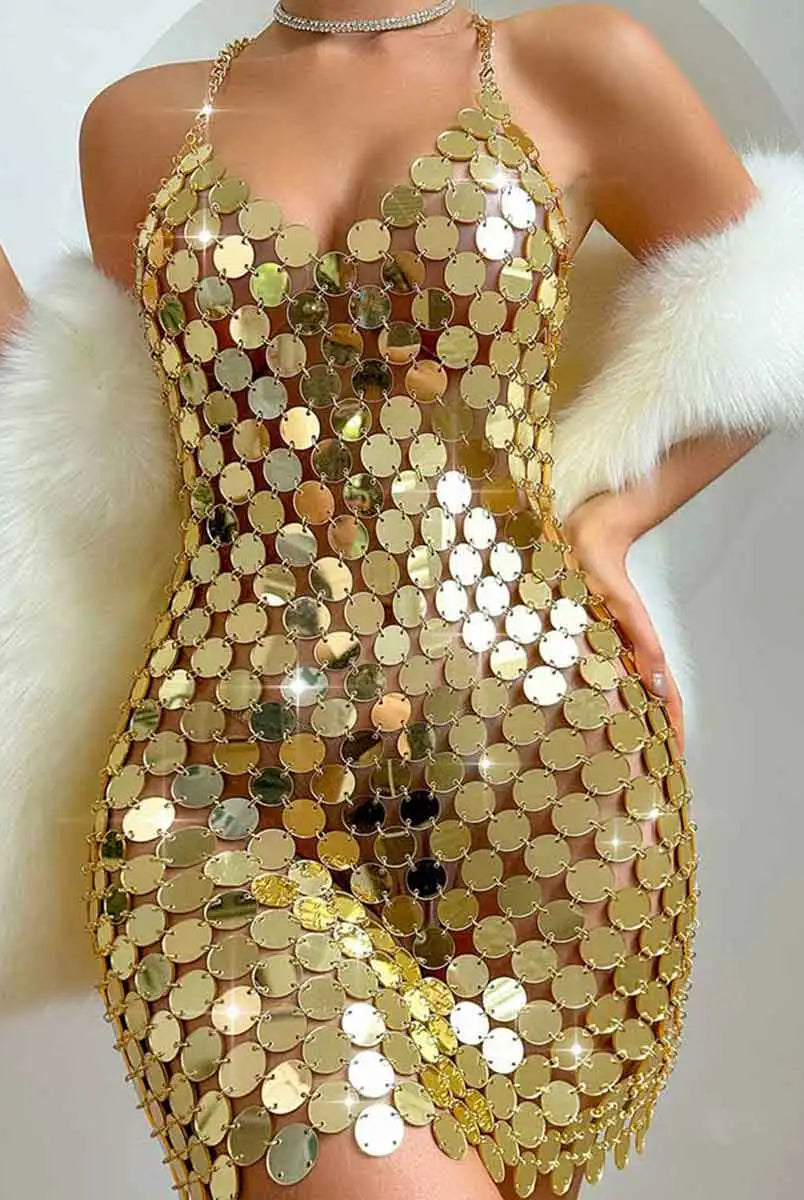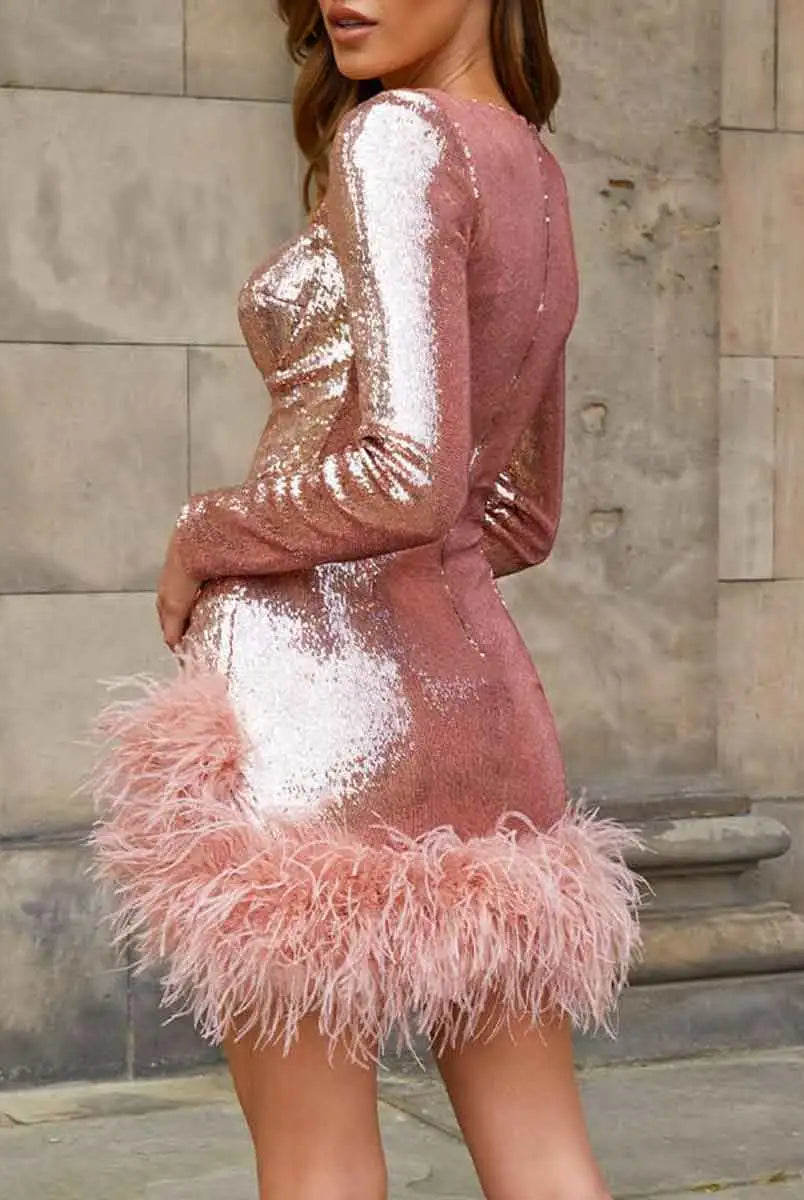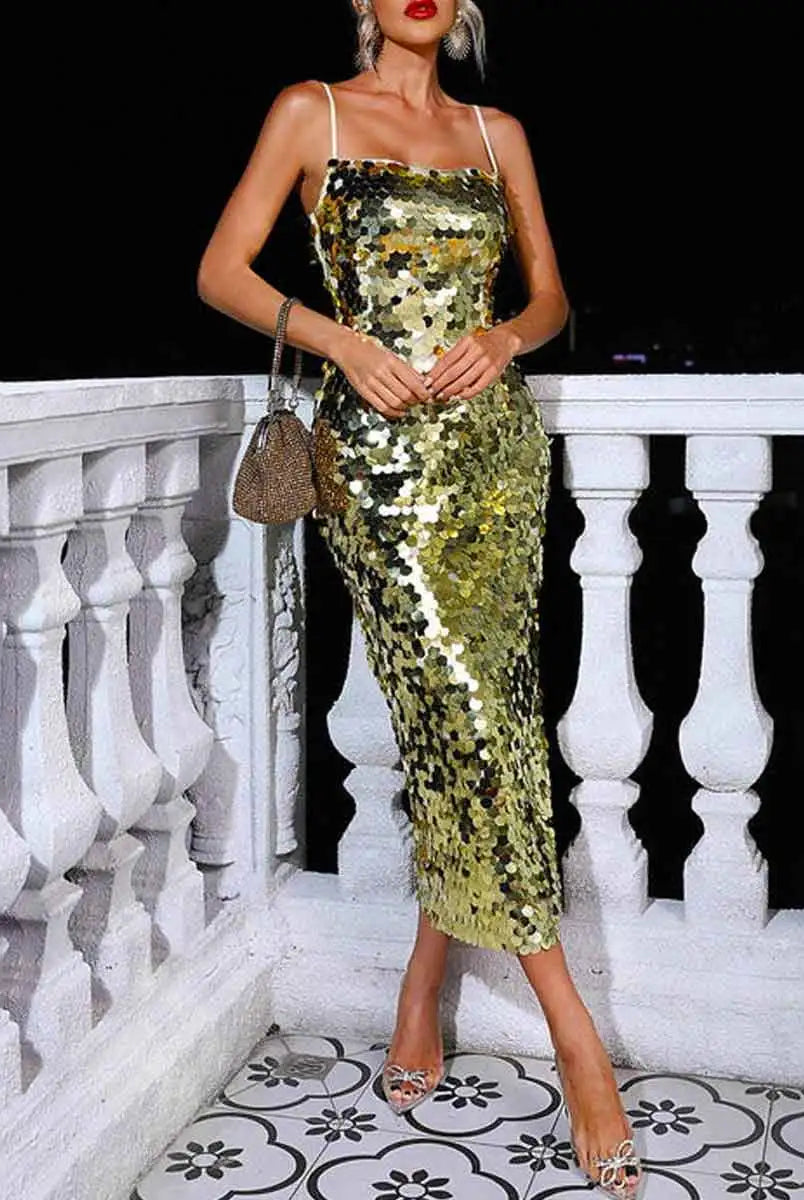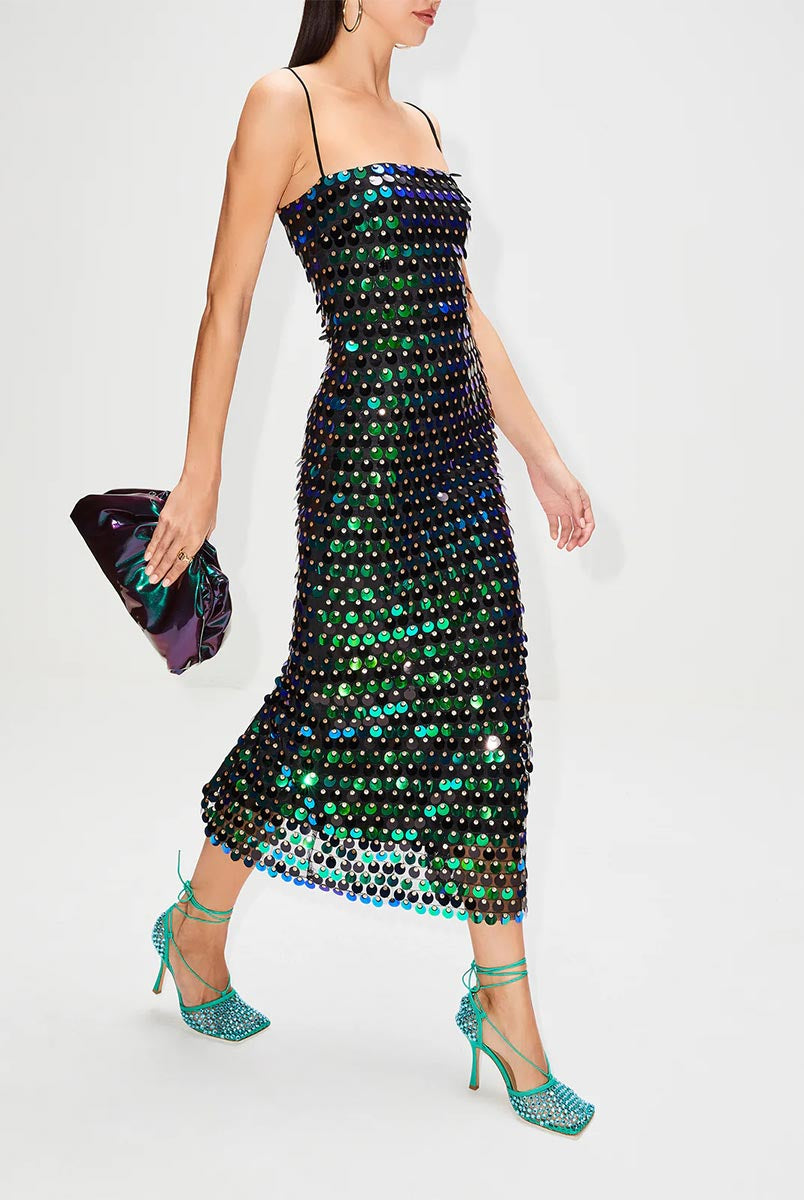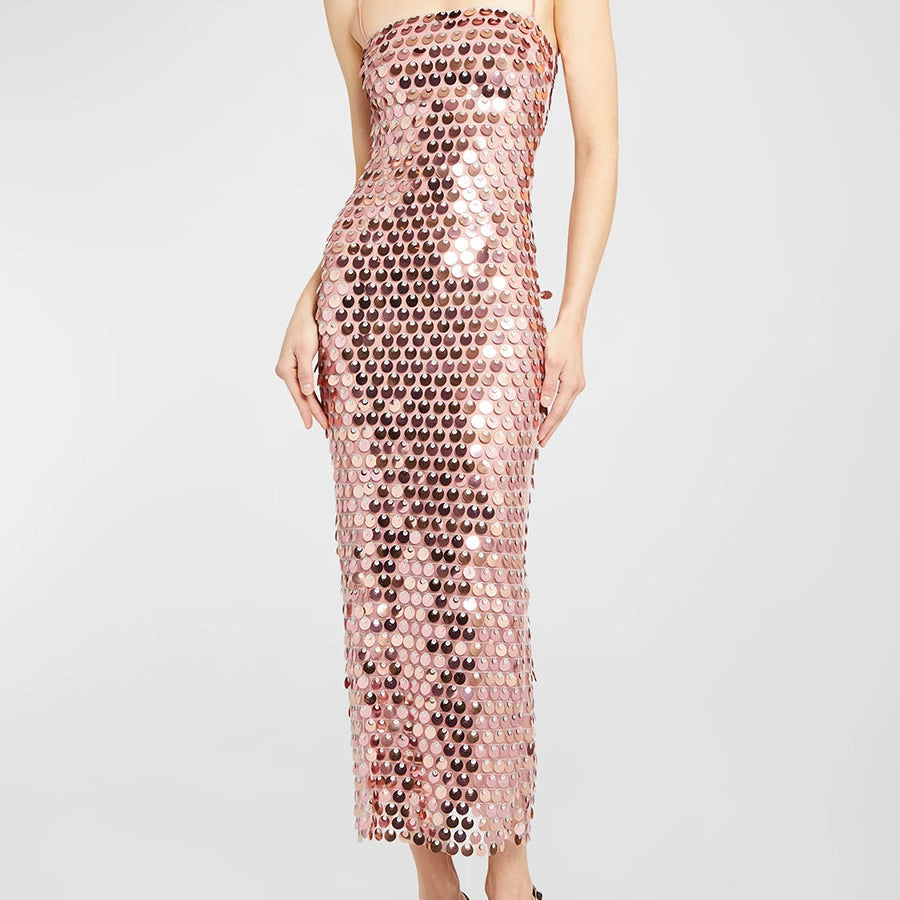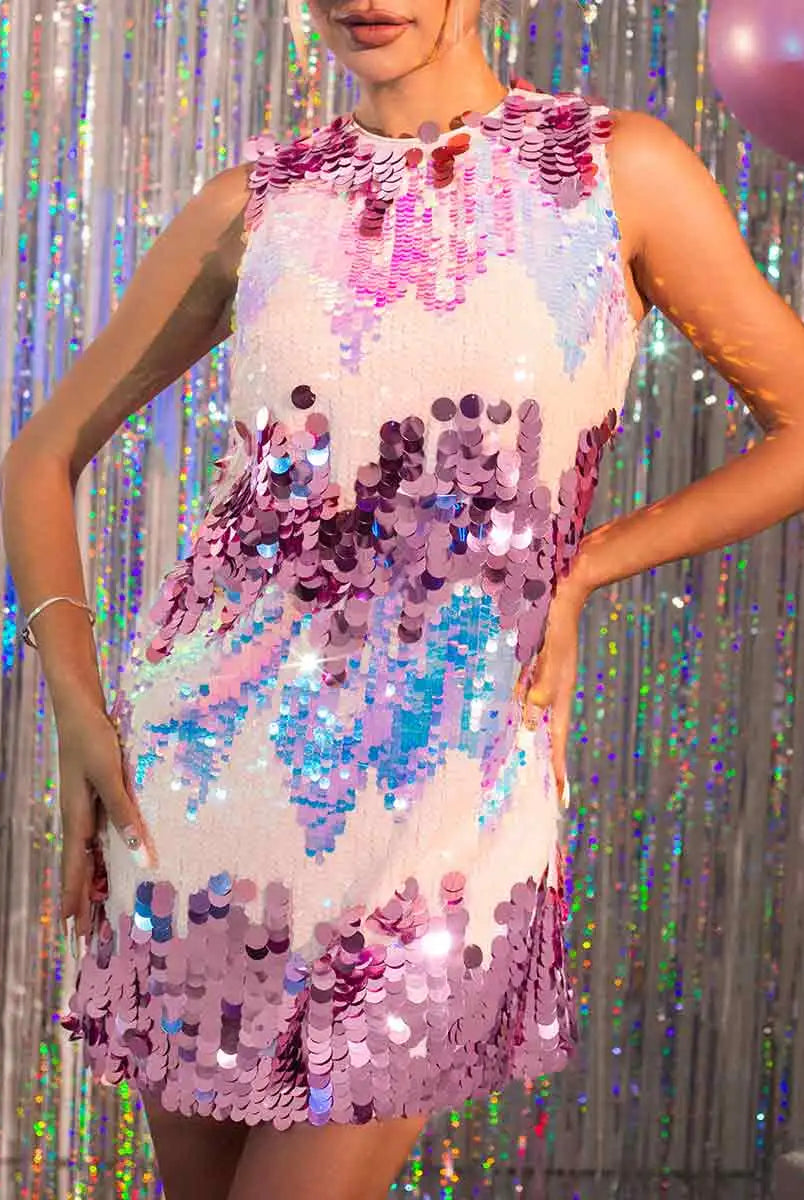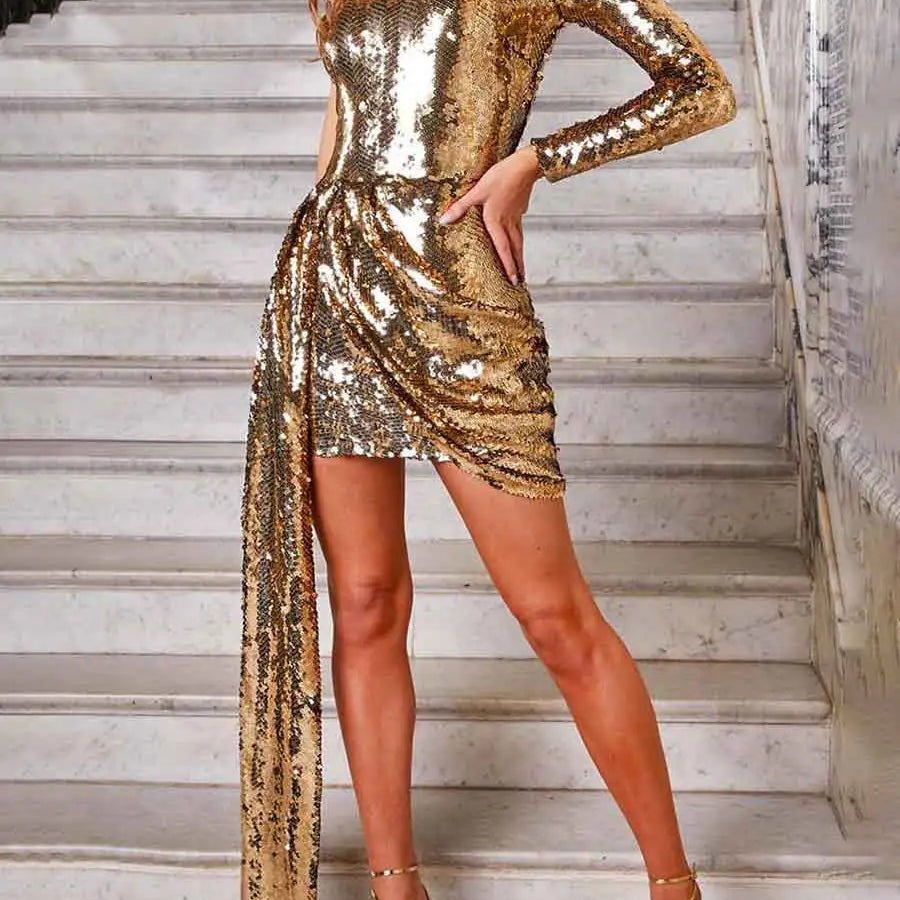The alluring jewels known as rhinestones, which embellish our clothing and accessories, have a fascinating past and distinct charm. We explore the origins, composition, and captivating shine that distinguish rhinestones as we attempt to solve their enigmas.

Revealing Rhinestones' History
Let's take a moment to learn about the history of rhinestones before delving into their brightness. Discover the history of rhinestones, from their modest beginnings as rock crystals to the development that produced these brilliant jewels.

The Origin of Rhinestones
Originally discovered in the 13th century in the Rhine River in Austria, small, sparkling quartz stones gave rise to the name "rhinestones," which were mass produced until the 18th century, when Daniel Swarovski, the founder of Swarovski, invented a machine for faceting and cutting crystal stones. In the intervening years, various types of rhinestones, such as glass rhinestones or plastic stones, have been produced, becoming more widely available and utilized by designers.
What distinguishes rhinestones?
Rhinestones are often mistaken for diamonds, yet they have special qualities of their own that add to their allure. Explore the characteristics that make rhinestones unique, including the materials and production techniques, and learn why they've grown to be a fashion favorite.

The Way Rhinestones Reflect and Capture Light
Have you ever wondered how rhinestones get their captivating shine? Discover the science behind their light-capturing and light-reflecting abilities. We examine the minute elements that give rhinestones their remarkable shine, from faceting methods to the kinds of cuts that maximize brightness.
Kinds, Forms, and Dimensions
There are many different types of rhinestones, and each has a distinct aesthetic appeal. Explore the many kinds, shapes, and sizes of rhinestones as we take a trip through their varied world. There is a style to fit every preference, whether you want more complex forms or the traditional round rhinestones.

1.Form:
Round: the most traditional and widely used form, good for many kinds of embellishments.
Often used in necklaces, earrings, and other decorations, oval rhinestones are lengthy.
Square: A modern design element often seen in jewelry
Heart: a symbol of romance, often used on Valentine's Day and other special days.
2.Dimensions:
Tiny: used for delicate and intricate ornamentation, often measuring less than 1 millimeter.
Medium: Suitable for a range of jewelry and costume creations, about 1mm to 5mm.
Large size: larger than 5mm, mainly used for emphasizing ornamental effects.
3.Sort:
Simple rhinestones are flat, layered, and appropriate for any kind of adornment.
Rhinestones with many layers: cut into extra layers to provide more glimmer and depth.
Pearlescent rhinestones: these stones have a sheen that resembles pearls, giving the décor an air of grandeur.
Art and Industry Utilizing Rhinestones
Although rhinestones are often associated with fashion, their uses go beyond adorning clothing. Examine the many applications of rhinestones in art, accessories, and even industry. Explore the many uses for these brilliant jewels, from eye-catching artworks to useful applications.
Using Rhinestones to Create Inventive Designs
The ability to customize rhinestones to almost any desired look is one of their greatest charms. Discover how rhinestones are used by both people and designers to make one-of-a-kind, customized creations. Discover the many ways to use rhinestones to show creativity in anything from high-end fashion to do-it-yourself crafts.
Best Practices and Maintenance Advice
Pieces with rhinestone embellishments need adequate maintenance while owned. Learn about the best ways to keep your rhinestones looking brilliant. Make sure your precious rhinestones last for many years by following our cleaning and storing advice.
Select the rhinestones that are right for you.
Despite the wide variety of possibilities available, the most crucial step is to choose the right set of stones for you.
For example, you may choose sew-on collections and hot fix types if you require them on the textiles. If the project is more upscale in nature, Swarovski will work well. However, acrylic rhinestones are a fantastic option for a large-scale project that is on a tight budget.
We advise you to choose the rhinestones according to your budget, style, and desired application of the stones.
If you are looking to source rhinestones in a variety of hues and shapes, why not acrylic rhinestones? They work well for many types of designs and are inexpensive.














